Citrix wants users to log in using facial recognition
CTO dismisses traditional login credentials in push towards stronger security
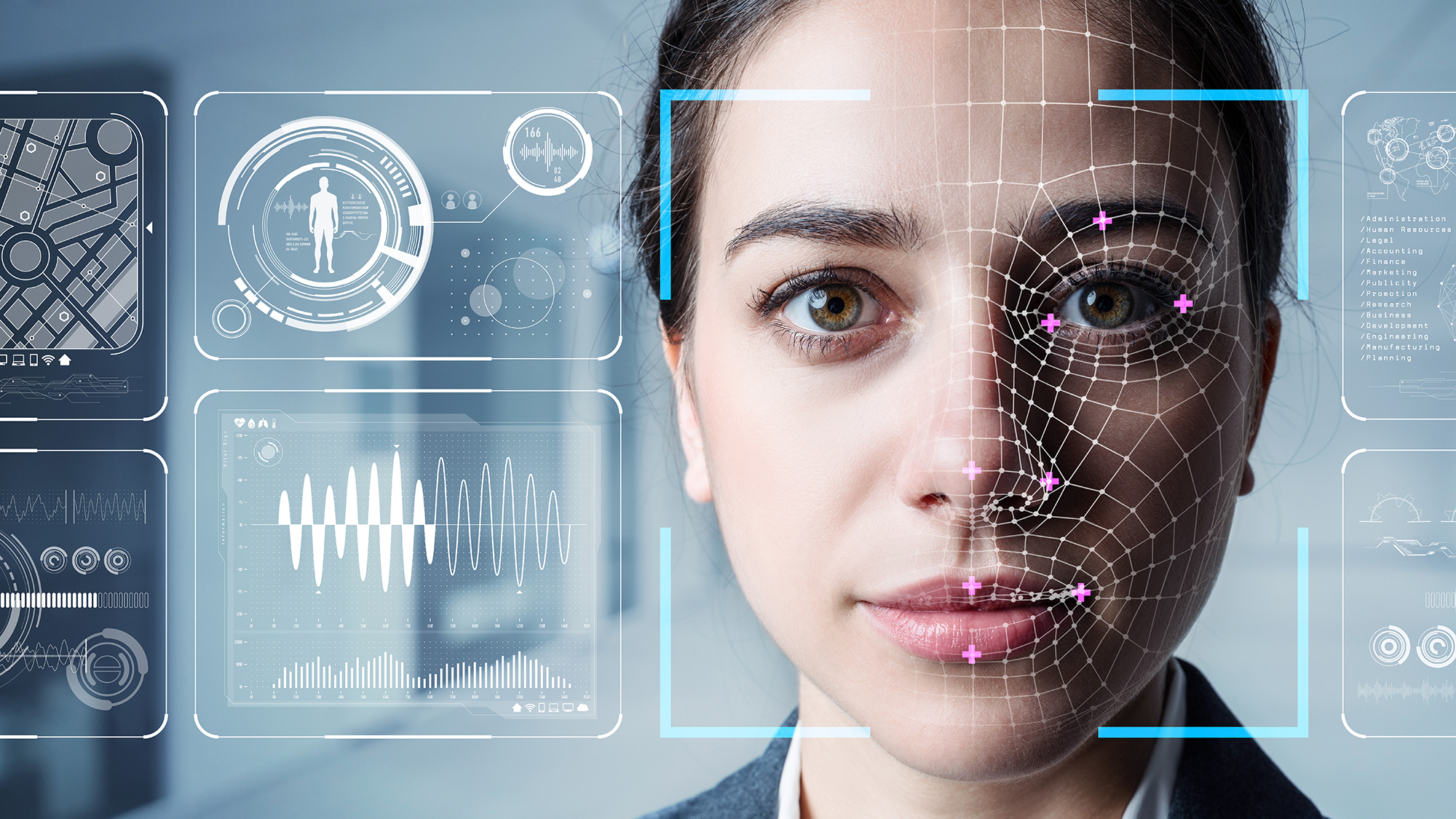

Citrix products are set to support multi-factor authentication and facial recognition, instead of just relying on the age-old username and password combination.
Speaking at Citrix Synergy 2018 in California, senior company executives explained the company will support alternative ways of confirming users' identities in a bid to boost security and improve the user experience.
Addressing reporters at a press Q&A following the keynote address along with CEO David Henshall, , chief product officer PJ Hough said Citrix was adding "full support for multi-factor authentication in the platform and the Workspace".
"We are broadly deployed in a number of industries including healthcare, where log-in techniques such as badge swipe, etc, are already dominant as the log-in mechanisms, so the workspace will support all of those as capabilities," he said.
But he conceded that the widespread implementation of such alternatives is rather "future-oriented" - in light of the fact many devices lack the hardware capability, despite outlining that everything announced in the keynote address was either available now, or would be within the next 90 days.
"One of the reasons why we can't actually broadly deliver facial recognition technology is not because we haven't implemented the software part of it, it's that the devices aren't broadly deployed that are necessary to support it; whether it's encryption capabilities or high-quality facial recognition that doesn't get fooled by holding up a picture of me in front of it."
While the iPhone X does boast this capabilty, its status as an expensive, high-end smartphone means it likely hasn't found much adoption within businesses.
Get the ITPro daily newsletter
Sign up today and you will receive a free copy of our Future Focus 2025 report - the leading guidance on AI, cybersecurity and other IT challenges as per 700+ senior executives
He added: "We continue to evolve those technologies, but we are part of a broader ecosystem and we need the ecosystem partners here to continue to invest. I think part of the opportunity for us is we want to inspire the ecosystem."
CTO Christian Reilly demonstrated a login using facial recognition during his keynote address, in which he said "usernames and passwords are not great security".
Expanding on the vulnerability of passwords, Sridhar Mullapudi, VP of product management for Workspace services, told IT Pro the widespread use of passwords makes it more likely to suffer a security risk, and that they were "an old way of doing things". Plenty of recent data breaches have involved the threat of credential re-use, where, for example, a hack of LinkedIn password information has forced other companies to reset customers' login details.
"As part of the Citrix Workspace we are building, identity and access management is a key part," he said. "As part of that we have solutions; we built multi-factor authentication, and that could be facial recognition or thumbprint, or any other factor that you use to log-in, like two-factor authentication (2FA) - that's built into the Workspace itself."
He added: "If users have to remember passwords, and create passwords across multiple applications, it is not the most secure way - because users are not the best in ... making passwords across everything, so you want to be able to provide them with a secure single sign-on across the applications."
Citrix's decision to strengthen security comes as part of a wider industry movement away from passwords. Microsoft ditched conventional passwords altogether in a test run for Windows 10 S earlier this year, opting instead for alternative options such as facial recognition, fingerprint, and FIDO keys.

Keumars Afifi-Sabet is a writer and editor that specialises in public sector, cyber security, and cloud computing. He first joined ITPro as a staff writer in April 2018 and eventually became its Features Editor. Although a regular contributor to other tech sites in the past, these days you will find Keumars on LiveScience, where he runs its Technology section.
-
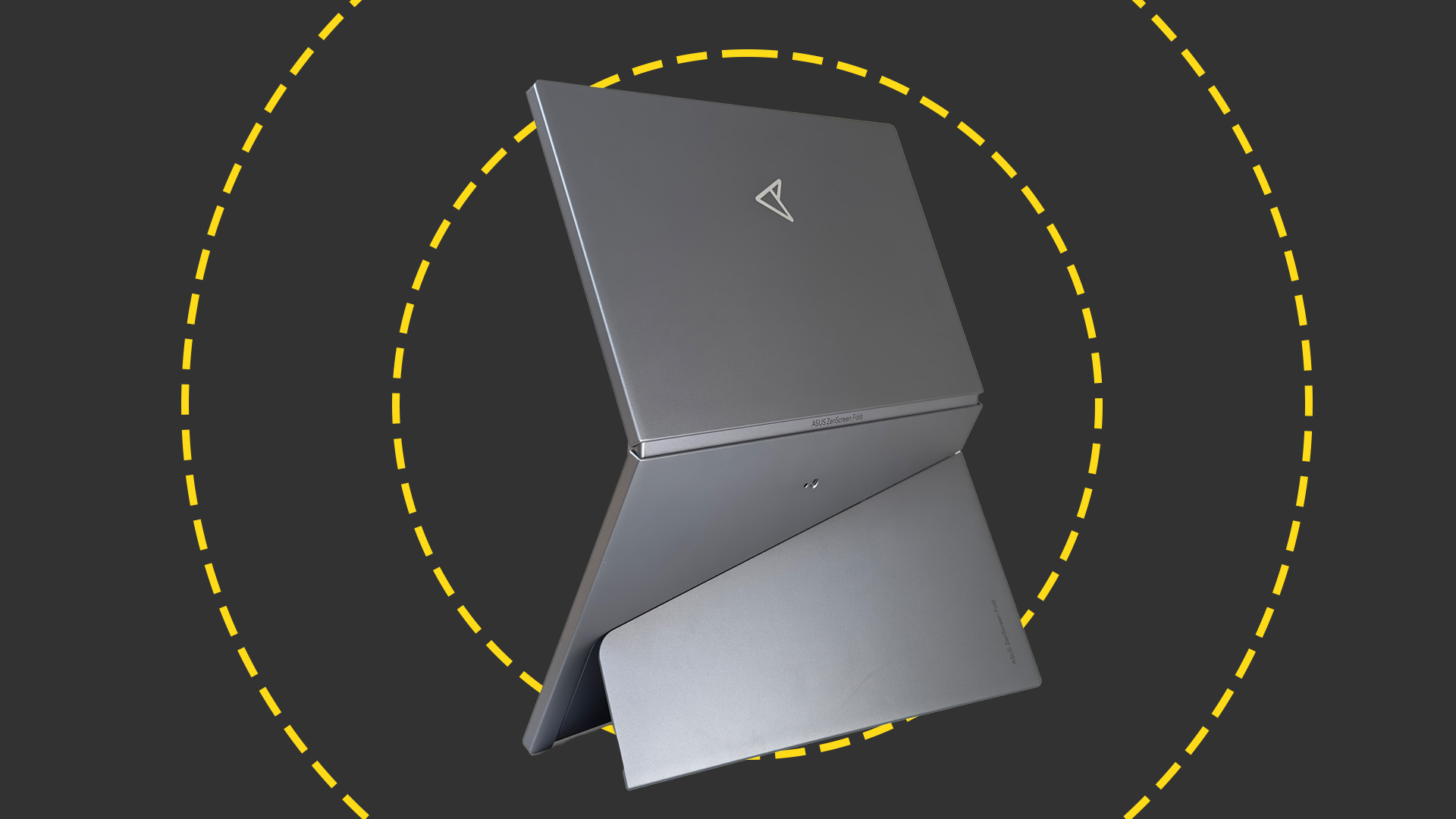 Asus ZenScreen Fold OLED MQ17QH review
Asus ZenScreen Fold OLED MQ17QH reviewReviews A stunning foldable 17.3in OLED display – but it's too expensive to be anything more than a thrilling tech demo
By Sasha Muller
-
 How the UK MoJ achieved secure networks for prisons and offices with Palo Alto Networks
How the UK MoJ achieved secure networks for prisons and offices with Palo Alto NetworksCase study Adopting zero trust is a necessity when your own users are trying to launch cyber attacks
By Rory Bathgate
-
 'Digital hide-and-seek': Workers are wasting hundreds of hours a year sourcing the information they need to carry out their role
'Digital hide-and-seek': Workers are wasting hundreds of hours a year sourcing the information they need to carry out their roleNews Knowledge workers globally are wasting a quarter of their working week tracking down information, new research from Atlassian has revealed.
By George Fitzmaurice
-
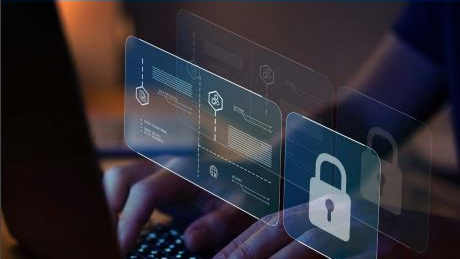 Untethered: How CIOs and CISOs are paving the way for the new hybrid workforce
Untethered: How CIOs and CISOs are paving the way for the new hybrid workforceWhitepaper Effective techniques to transition from exposed legacy infrastructure to an effective zero trust strategy
By ITPro
-
 Unlocking the power of your digital services
Unlocking the power of your digital servicesSponsored Businesses have invested significant cash into technology since COVID-19, but are they really getting their money's worth?
By ITPro
-
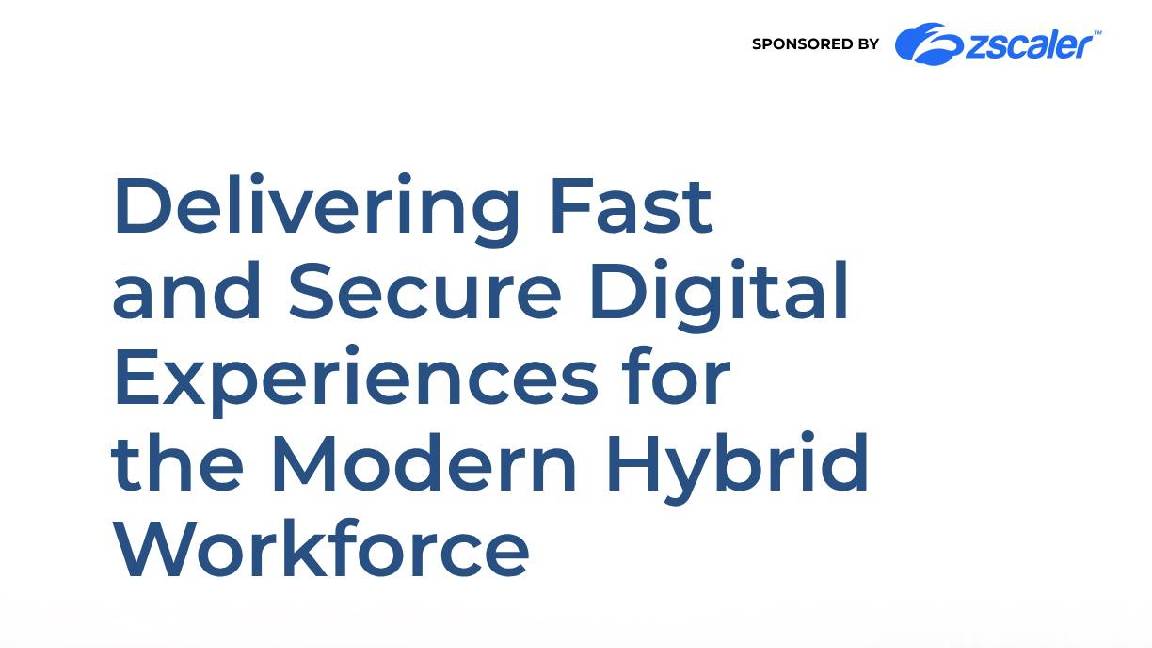 Delivering fast and secure digital experiences for the modern hybrid workforce
Delivering fast and secure digital experiences for the modern hybrid workforceWhitepaper A new approach to digital experience monitoring that can monitor the health of all systems
By ITPro
-
 Collaboration is the glue that holds your business together
Collaboration is the glue that holds your business togetherSPONSORED A combination of productivity tools and cloud telephony can enable the best from your workforce
By ITPro
-
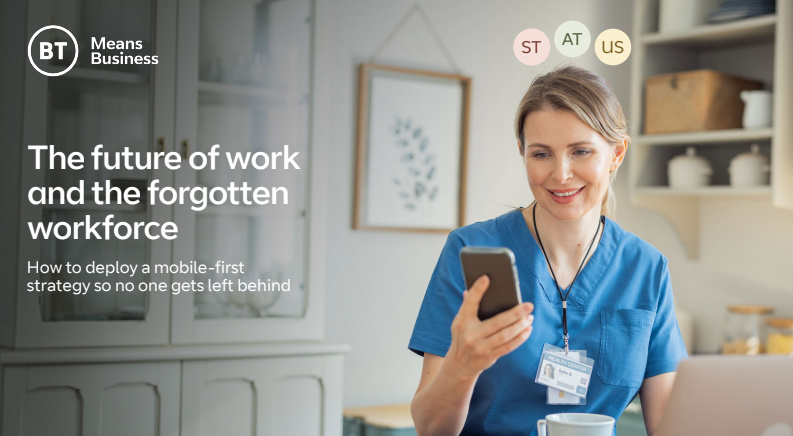 The future of work and the forgotten workforce
The future of work and the forgotten workforcewhitepaper How to deploy a mobile-first strategy so no one gets left behind
By ITPro
-
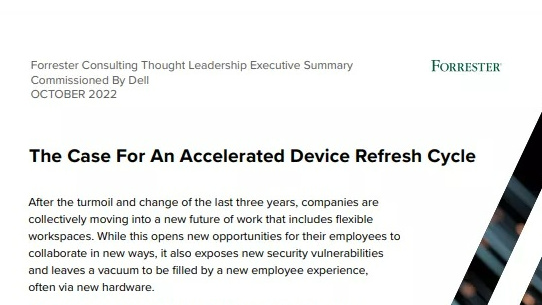 The case for an accelerated device refresh cycle
The case for an accelerated device refresh cycleWhitepaper Achieving a more cost-effective device lifecycle overall
By ITPro
-
 Employees are choosing how they work
Employees are choosing how they workWhitepaper And with the right secure digital strategy, this could be a great thing for your business: today and far into the future
By ITPro